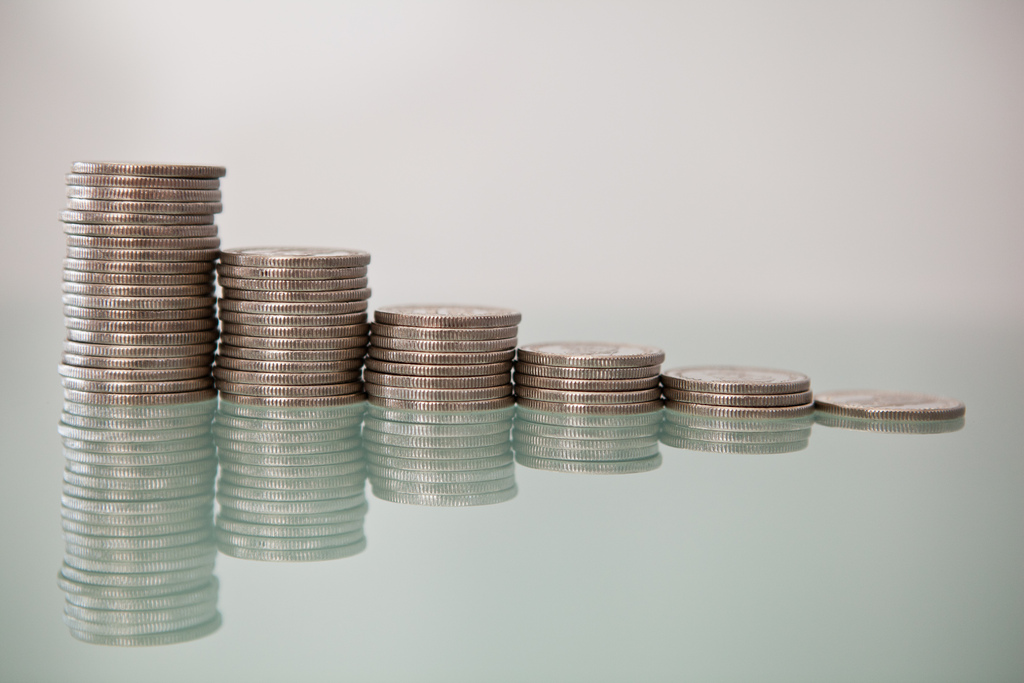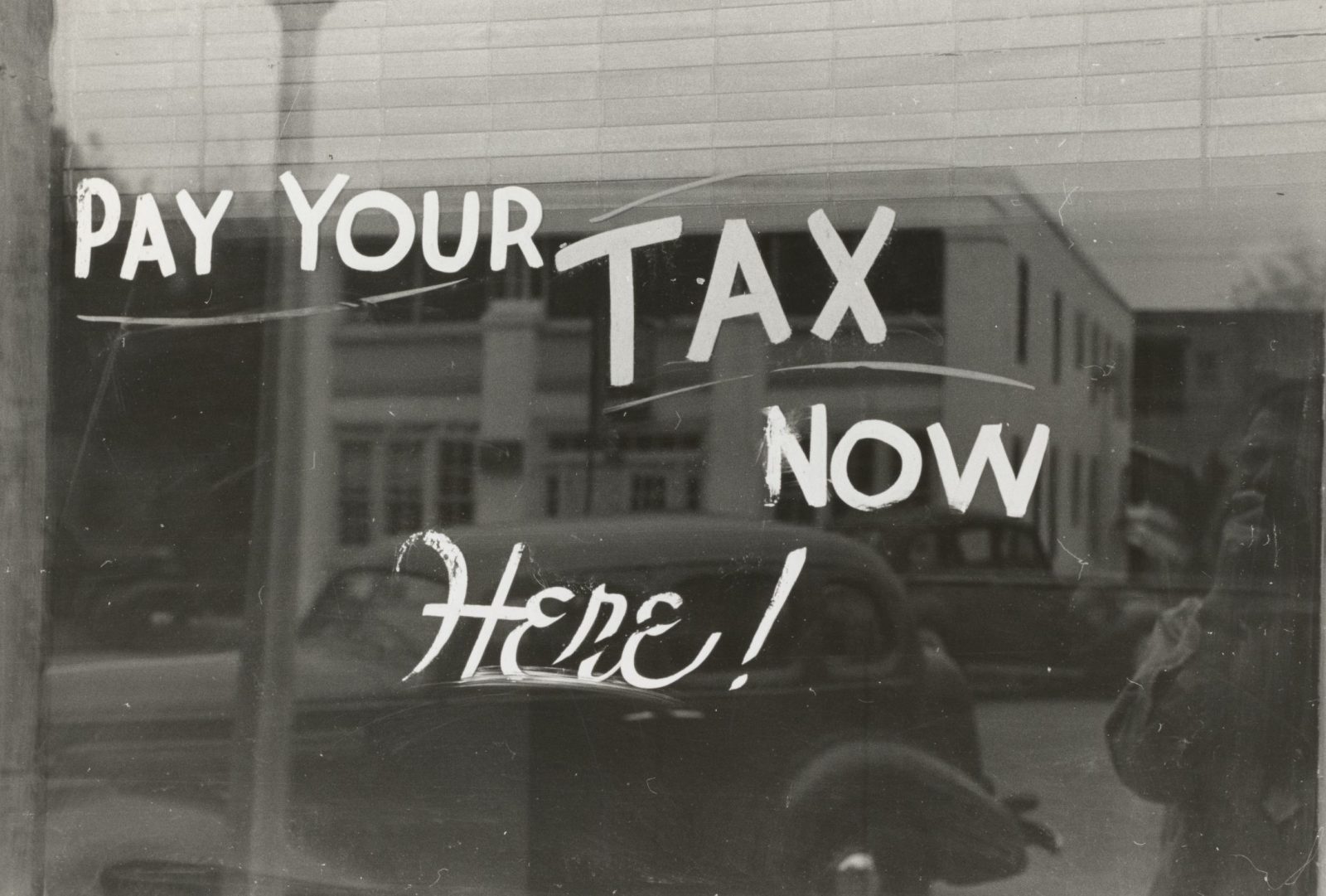The Essential Guide to Seller Stamp Duty

Get The Property Insights Serious Buyers Read First: Join 50,000+ readers who rely on our weekly breakdowns of Singapore’s property market.
Reuben is a digital nomad gone rogue. An avid traveler, photographer and public speaker, he now resides in Singapore where he has since found a new passion in generating creative and enriching content for Stacked. Outside of work, you’ll find him either relaxing in nature or retreated to his cozy man-cave in quiet contemplation.
The term ‘SSD’ is something we hear all the time.
That said, it’s also one of those terms that we don’t usually have a complete clue about till we find ourselves fidgeting nervously and nodding sheepishly in a conversation centered around this so-called terminator of ‘get-rich-quick’ house-flippers.
Now to be frank, SSD is quite a simple concept to master.
In this piece, we break the topic down into bite-sized digestible points.
More specifically, we’ll be delving into the history of Seller Stamp Duty – what it actually is, as well as how it can severely impact your transaction costs as a home seller.
We then conclude with how you can potentially avoid these additional costs that would otherwise be a massive unwanted cost.
Let’s hop to it.
A Brief History
Most of you will remember the ‘07/‘08 Global Financial Crisis and Singapore property market crash of ‘08/‘09 (for those who were too young to remember… congrats! You’ve now officially got your own tale to tell about the Covid-19 saga).
As we know, property market prices began to rocket as soon as economic sentiment returned post-crisis. Cooling measures were therefore introduced by the government in 2009 to ensure a smooth and sustainable property market recovery, while reducing price volatility and the likelihood of a property price bubble forming.

Seller Stamp Study – or SSD as we know it, was introduced on 20th February 2010. It was the first form of stamp duty that shaped the way for a slew of measures over the coming years.
Measures that included changes in loan-to-value (LTV) ratio requirements, Total Debt Service Ratio (TDSR) and of course, the infamous stamp duties (ABSD/SSD).
Well, what exactly is SSD?
In essence, SSD is the tax payable to the IRAS if you sell a property within the first 3 years of purchasing it.
The amount of Seller Stamp Duty payable is calculated off either the property’s selling price or estimated valuation at the point of sale – whichever is higher.
Like the other cooling measures, SSD rates have had several revisions over the years:
Introduction back in Feb 2010
SSD was payable on properties sold within a year of purchase, at up to 3% of the sales price.
30 August 2010
The SSD holding period increased from 1 to 3 years from date of purchase, with the following rates:
- Up to 3% for properties sold within the 1st year
- Up to 2% for 2 years
- Up to 1% for 3 years
14 January 2011
The SSD holding period was increased further to 4 years, with far higher tax rates:
- 16% for properties sold within the 1st year
- 12% for 2 years
- 8% for 3 years
- 4% for 4 years
As of 11 March 2017, the current SSD rates are as such:
| Holding Period | Rates |
| ≤1 Year | 12% |
| 1> Year and Up to 2 Years | 8% |
| 2> Years and Up to 3 Years | 4% |
| 3> Years | No SSD Payable |
So.. How does SSD Impact your Transactions?
To keep this digestible, here’s a (very) hypothetical scenario, featuring James and Johnson.
Scenario 1:
A while back on 1st Feb 2016, James bought himself a 4-bedder condo unit valued at $1.7mil.
8 months later, on 1st Dec 2017, James sold that unit for $1.85mil (Let’s just imagine that the area on which the development sat had a pot of gold that made it appreciate by $150k in under a year).
Scenario 2:
Likewise on 1st Feb 2016, Johnson also bought a 4-bedder unit in the same condo at $1.7mil.
The difference? Johnson sold it 20 months later (1 year 8 months), also for $1.85mil.
In comparison,
James’s SSD payable amounted to $210,000 ($1,750,000 x 12% SSD rate = $210,000),
While Johnson’s SSD payable was $140,000 ($1,750,000 x 8% SSD rate = $140,000).
Both units were bought and sold for the exact same prices respectively, and yet, Johnson paid far less in SSD simply because he waited one more year.
This goes to show how much of a difference waiting a single year can make in the amount of SSD payable when you sell your property.
I also hope that it clearly illustrates how Seller Stamp Duty works on a whole.

Property Market CommentarySingapore Cooling Measures – History of cooling measures since 2009
by Stanley Goh7 Ways you can Avoid Paying for SSD!
And so before we conclude, here are a couple of ways/scenarios that might come in handy when crossing the deathly SSD moat.
- Transferring flat within family
You can transfer or sell your flat to another member of your immediate family, (who must be either a Singapore citizen or PR) – without SSD charges.
However, this is only applicable to HDB units.
- Selling flat prior to Marriage
Let’s say you and your fiance are planning to tie the knot, and both of you each have a HDB flat of your own.
Upon marriage, HDB would require you to stay in a single flat as one ‘family unit’, meaning neither of your names can be listed in a separate flat.
Hence, one of you would have to sell off your respective flat – and in doing so, avoid any SSD rates.
- Selective En bloc Redevelopment Scheme (SERS)
SERS was implemented by HDB to maintain and upgrade flats in selected older estates. Unfortunately, it did mean that most SERS flat owners would have to vacate their units.
On the bright side, if you are/were a SERS flat owner, in addition to providing rehousing benefits, HDB will/would have compensated you based on the market valuation of your initial flat.
Same goes for condominium owners.
- Matrimonial proceedings
If an Order of Court (judicial separation, nullity of marriage, etc) requires you to sell your property to your spouse or either of your children, rest assured that the sale will be conducted SSD-free.
- Inheritance
If you already owned a HDB flat prior to acquiring another via inheritance, you will be required to sell one of the two off. This sale will also be conducted SSD-free.
- Bankruptcy
This should be near the tail-end on our list of ‘most unlikely scenarios’, but I’ll just include it nonetheless.
Upon declaring bankruptcy, you’ll be required to produce a receipt of approval from your Official Assignee (OA), afterwhich, you may dispose of your residential property tax-free.
- Winding up
Companies who undergo involuntary winding up proceedings (liquidation of the company and its assets) have to dispose of their properties.
The sales of these properties will also be tax-free.
Final Words

I’ll be the first to admit that I’m really not the biggest fan of losing my hard-earned money to taxes. And I’m sure that many of you feel the same way.
That said, paying for SSD is sometimes a necessary/lesser of two evils depending on our personal circumstances.
It sure beats holding on to that one property while you purchase a second (don’t forget about the ABSD charges!), and honestly, it could even be a minor monetary sacrifice in the long run if you’re getting that second property at a steal.
If, at the end of the day you don’t find yourself in any of the aforementioned scenarios to avoid paying SSD, it will ultimately come down to the numbers and figures.
Am I willing to lose this amount of tax money for this next step in my property journey that I am about to take?
It’s a question that only you can answer.
For more tips and tricks about Seller Stamp Duty, as well as the right way to calculate your tax losses and gains for the best possible returns, feel free to drop us an email at stories@stackedhomes.com!
If you’d like to get in touch for a more in-depth consultation, you can do so here.
Reuben Dhanaraj
Reuben is a digital nomad gone rogue. An avid traveler, photographer and public speaker, he now resides in Singapore where he has since found a new passion in generating creative and enriching content for Stacked. Outside of work, you’ll find him either relaxing in nature or retreated to his cozy man-cave in quiet contemplation.Read next from Property Advice

Property Advice Should We Buy An Old 99-Year Leasehold Condo To Live In: Will It’s Value Fall When The Lease Runs Out?

Property Advice We Own A $800K 1-Bedder And A $1.1M 3-Bedder: Is It Possible To Upgrade To A 4-Bedder Condo?

Property Advice I Own A 55-Year-Old HDB Flat, But May Have To Sell — Can I Realistically Buy A Freehold Condo With $700K?

Property Advice We Own A 2-Bedder Condo In Clementi: Should We Decouple To Buy A Resale 3 Bedder Or Sell?
Latest Posts

Pro How A 625-Unit Heartland Condo Launched In 2006 Became One Of 2025’s Top Performers

Property Investment Insights Does Buying A One-Bedroom Condo Still Make Sense As An Investment In 2026

Property Market Commentary Why This Once-Ulu Town In Singapore Is Going To Change (In A Big Way)

Singapore Property News This HDB Just Crossed $1.3M For The First Time — In An Unexpected Area

Singapore Property News “I Never Thought I’d Be Sued by a Tenant.” What Long-Time Landlords in Singapore Miss

Property Market Commentary I Lived In Bayshore When It Was ‘Ulu’. Here’s How Much It Has Changed

Singapore Property News HDB Resale Prices Finally Slowed in 2025 — Will It Continue in 2026?

Singapore Property News Breaking News: District 23 Condo Sells Out In Under Two Years At $2,120 Psf Average

On The Market Here Are The Cheapest 3-Bedroom Condos in Central Singapore You Can Still Buy From $1.15M

Property Market Commentary Why The Singapore Property Market Will Be Different In 2026 — And It’s Not Just About Prices

Editor's Pick 2025 Year-End Review Of The Singapore Property Market: What The Numbers Reveal

Pro This 21-Year-Old Condo Didn’t Sell Out Initially, Yet Became A Top Performer

Editor's Pick How The HDB Resale Market Performed In 2025, And What It Means For 2026 Prices

Editor's Pick 4 Key Trends Reshaping Singapore’s New Launch Condo Market In 2026

Editor's Pick What I Only Learned After My First Year Of Homeownership In Singapore


